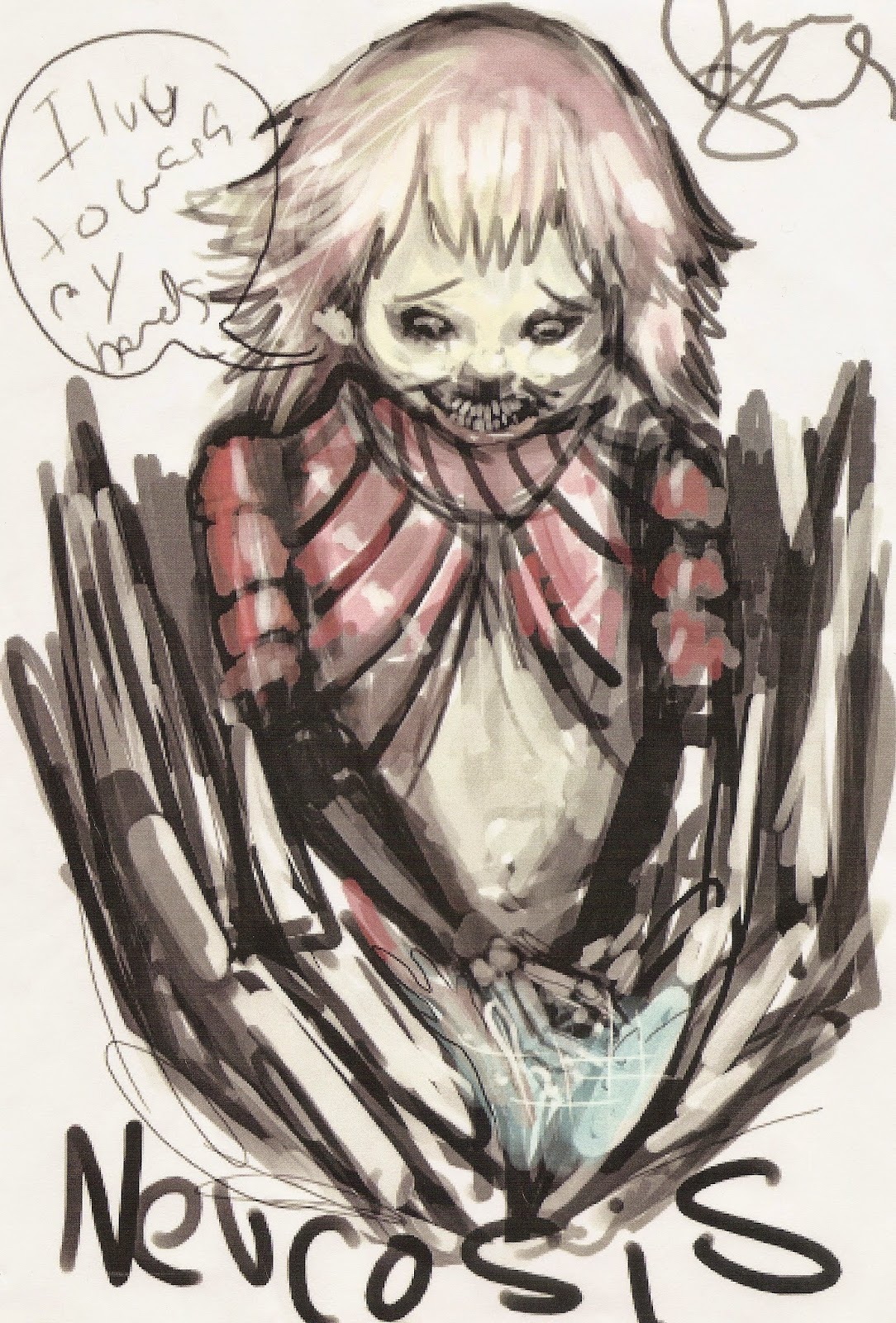One day, right in the middle of the introductory psychology class I taught, a student ran through the classroom door and then just stood there. I recognized him as an autistic Special Ed. student who was usually accompanied by an aide. My class recognized him too.
"Hello," I said, "welcome to our psychology class." He said nothing, but instead ran over to a small bookcase behind my desk in one corner of the room. My students and I were spellbound. After a few minutes, he selected a small pink volume from the top row of the shelf. Without a word, he ran out the door. I recognized the book as Eudora Welty's One Writer's Beginnings. Thinking I'd better check with the Special Ed. teacher a few doors down I reached for my classroom phone. Just then his aide came in, quickly apologized and left. I never mentioned the book and my students were asking if I ever expected to see it again. "Guess, we'll find out one of these days," I said.
What followed was a spur of the moment class discussion about autism and a few related things. More proof that teaching "moments" are unpredictable, happen randomly, and often take their place among the most memorable experiences in an otherwise routine school day.
I think one of the reasons that my class was so responsive and "chill" throughout this little incident is that a few Special Ed. students were sitting right there too. The introductory psych classes were de-tracked, like most of my schools classes, and composed of the widest variety of learning abilities and learning styles. As an elective, the students were engaged and eager to share their own experiences and perspectives. The wanted to be there. Typical groups in that class might be composed of students who were headed off to Ivy League schools or the local community college. Students who would be first generation college students and others whose parents taught at nearby U C Berkeley. National Merit scholars and students who were headed to the military or the workforce within a year or two at most.
Working with this kind of class really taught me some remarkable lessons on how kids learn within the confines of a typical classroom environment. It's hardly the same way, as you might expect. Students learn concepts and skills that never make any textbook or set of standards too.
In one of the aforementioned psychology classes was a student who was a classic visual learner. He was in my classroom right about the time computer art was first becoming popular. An immigrant from China, James was the son of a Chinese woman and a British ex-patriot. His parents were older, if not elderly and he'd spent most of his time in the U.S. as a Special Ed. student. James enjoyed psychology but his Asperger's necessitated sitting near the front of the room where he felt safe near the teacher. Over time, I began to see some of James' art work. He began spending his lunch period in my classroom using a computer or just making ink sketches. He seldom talked with his peers. Until...they began to see some of his computer art. He made new friends. many pieces fit neatly into the Fantasy genre so popular with teenagers.
What was particularly fascinating about this art was its complexity. It was abundantly clear that James had a fine mind, even if he couldn't always represent his knowledge in conventional ways.
Later on in the semester the class was studying personality theory in groups. Each group was assigned a theorist and the task of teaching the class, through a group presentation, about that particular approach to personality theory. Using a case study the class had discussed thoroughly gave students an opportunity to apply the new concepts learned for each subsequent theory presented. James was working with the Alfred Adler group. His work for the group's presentation remains, in my view, an excellent example of visual intelligence. Though he could barely write a cogent paragraph, James displayed incisive knowledge of Adler's personality theory through the drawings he made to illustrate the various concepts his group discussed.
These concepts included Adler's Inferiority Complex, his ideas on the importance of the mother, and his views on organ inferiority. Nobody told him what to draw. The groups simply read and discussed their assigned theorist's ideas and decided on how best to convey them to their classmates.
Here are a few of the drawings:
Oh yeah, one more thing. About two weeks after that little book disappeared, the student who "borrowed" it returned. Saying nothing, he placed it on the top shelf exactly where it had been and then walked out the door.
Personal observations of one writer. Frequent references to pop culture, blues music and lifetime truths.
Saturday, October 18, 2014
Subscribe to:
Post Comments (Atom)
1965
In October of 1965 I am 18 years old, living at home and attending my first year of college. The previous year has been one of enormous ch...

-
In the early 1970s ethnic studies classes for high school students were less controversial than today. The term “critical race theory” wasn’...
-
I'm a sucker for a good t-shirt. They are the foundational garment of my life. My day starts with selecting a t-shirt and it ends wit...
-
1. "Book losing words" How many times can the reporters and correspondents at the Olympics ask the tired old question, H...






No comments:
Post a Comment